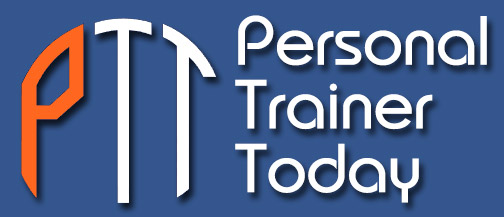Goniometry is measuring the passive range of motion of a joint using a protractor like device with two arms, called a goniometer, which measures joint angles like a protractor. Why should a personal...
Assessments
Articles reviewing different approaches to assessments relevant for personal trainers.
Developing Flexibility for Fitness and Better Living
Flexibility training is one of the most overlooked and underappreciated components of physical fitness. Mostly, because it is generally programmed at the end of a workout as part of a cool-down...
Client Fitness Assessments: Charge or Not?
Approaches to fitness assessments are as varied as the individual assessments themselves. Every health and fitness professional will likely have their own approach to conducting fitness assessments...
Fitness Age Gauges for Older Clients
Medicare-aged folks comprise a notable and possibly growing segment of our personal training clientele. Their calendar years may or may not reflect “gym or fitness age.”1 As our title includes...
Functional Movement Assessments for Fitness Clients
Up until the early '90s, fitness assessments consisted of measuring body fat, upper/lower body strength, flexibility, and anaerobic capacity. As we learned more about the human body and how it...
Understanding Heart Rate Variability Training and How To Use It With Fitness Clients
Heart Rate Variability (HRV) training utilizes today's available technology to assess a heart metric that can provide valuable information about how a client or athlete can maximize their physical...
Interpreting Signs of Overhead Squat Assessment: Upper Body Dysfunction
Upper body dysfunction (UBD) may appear upon observation as simple shoulder dysfunction, as has been suggested with models such Upper Crossed Syndrome. But the glenohumeral (GH) joint does not...
Interpreting Signs of Overhead Squat Assessment: Lumbo Pelvic Hip Complex Dysfunction
Interpreting the noted signs of an Overhead Squat Assessment (OHSA) can help a persoal trainer identify muscle imbalances, such as which muscles are long and weak, or short and tight, or maybe even...
Interpreting Signs of Overhead Squat Assessment: Lower Extremity Dysfunction
After getting familiar with performing an overhead squat assessment (OHSA) and noting any signs of imbalance or dysfunction, you'll have to know what to do with that information to be of any help to...
The Overhead Squat: The Best Movement Assessment to Expose Muscle Imbalances
Most personal training clients arrive with muscle imbalances that need to be corrected in order to make gains and prevent injury. The most skillful of trainers should employ initial assessments and...

